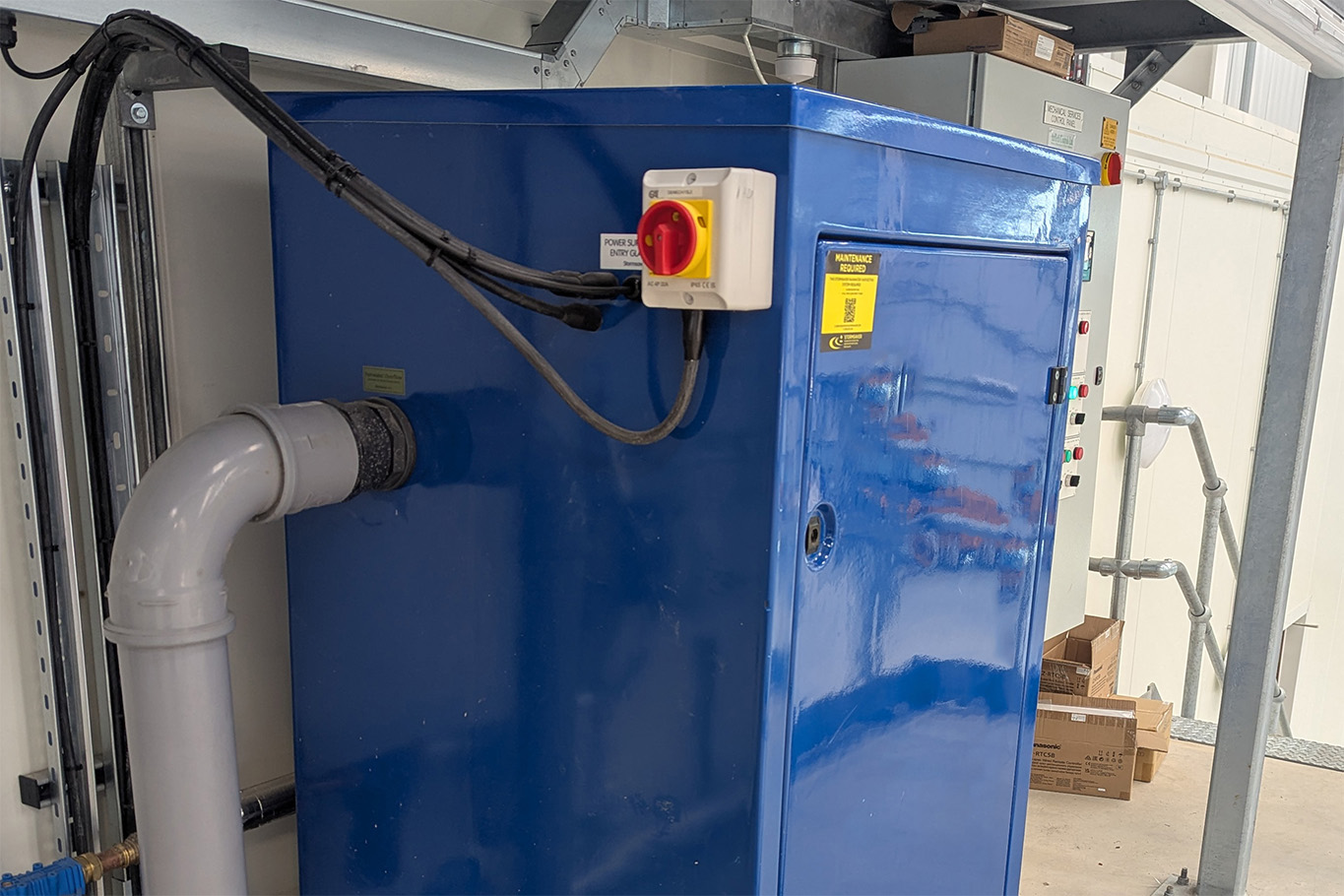

Public water supply is becoming more challenging, especially for businesses. This will get worse due to growth and climate change, and we will see more low flow events and droughts over the coming years. Water companies don't have to provide drinkable water to new commercial properties for non-domestic purposes, which may create a gap in supply. This project focuses on commercial properties, aiming to utilise large roofs, space for big tanks, and high demand for non-drinkable water in commercial buildings.